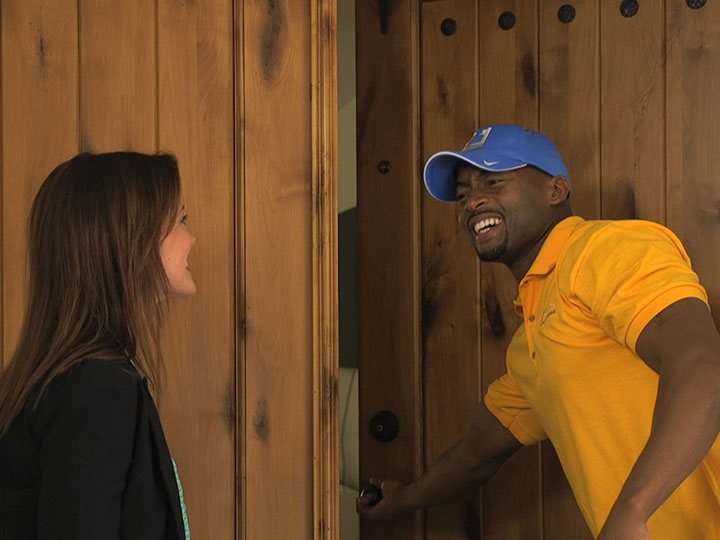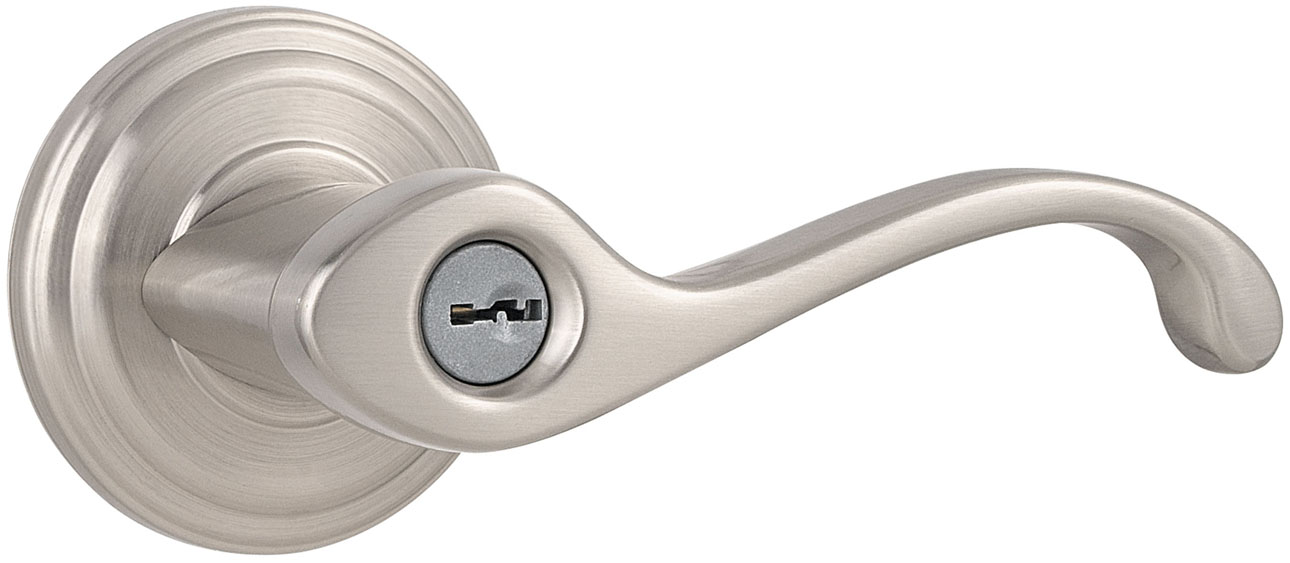Locks in Literature: From Open Sesame To Alohomora

Many hidden items in literature are trapped between locked doors. Maybe it’s a secret world or a hidden treasure, but it always makes an impact when that character opens the door for the first time. It’s exhilarating, not knowing what will be discovered and what consequences it will have for the story. Traditionally, locks and keys in stories can represent anything from restriction (such as jail doors or handcuffs) to the beginning or end of a new adventure. In this article, we’ll take a look at some examples. From an ageless collection of stories to a modern-day classic for adults and children alike, here are the top 5 examples of locks and keys in literature. (As a kindness to readers-consider yourself warned about spoilers for the stories mentioned below.)
Ali Baba and the Forty Thieves (author and publishing date unknown)
Not all keys are physical. Ali Baba was working in a forest when he overheard thieves entering a cave with the passwords “Open Sesame!” and “Close Sesame!” Ali Baba explored the cave and found the thieves’ gold. When his greedy brother Cassim found out and learned the code, he went to the cave himself. However, once he was inside, Cassim forgot the code to get out of the cave, and the thieves killed him. The Locksmith’s Moral of the Story: It just goes to show what can happen when you forget your key…
Alice’s Adventures in Wonderland (Lewis Carroll, 1865)
As Alice explores the mixed-up world that is Wonderland, she approaches a door that tells her it is “impossible.” She asks if he means “impossible.” “No, impossible,” the door replies. “Nothing’s impossible!” The Locksmith’s Moral of the Story: Just because you can’t automatically get through a door does not mean that it is closed forever.
locks (In Open All Night) (Charles Bukowski, post. 2002)
Yes, Charles Bukowski wrote an entire prose poem about his interactions with a locksmith (or trying to get a locksmith) and the related adventure. It’s worth reading the whole thing yourself here. The Locksmith’s Moral of the Story: It’s a really good idea to have a locksmith on call who responds quickly and does the job right the first time.
Extremely Loud and Incredibly Close (Jonathan Safran Foer, 2005)
After Oskar Schell’s father is killed in the September 11 terrorist attacks, he discovers a key inside a vase with the name “Black” on it. Oskar proceeds to contact every person named Black in New York City but gets angry when his search leads him to the fact that the key was never really meant for him. It was meant for its original owner who had accidentally sold it to Oskar’s father in an estate sale. The Locksmith’s Moral of the Story: Keys are unique for every person, both in their purpose and their value.
The Harry Potter Series (JK Rowling, 1997-2007)
From “Alohomora!” (the incantation to unlock doors) and the winged keys in Harry Potter and the Sorcerer’s Stone to the complex locks at Gringotts bank in Harry Potter and the Deathly Hallows, locks, and keys played numerous roles in the life of the Boy Who Lived. They opened the secrets to an amazingly long life with the Sorcerer’s and helped Harry find the different Horcruxes he needed to defeat Voldemort. The Locksmith’s Moral of the Story: Some locks, just like some knowledge, are not meant to be open to everyone. (There are many of them for the series, so this is the major one.) The next time you find yourself reading a book and the character encounters a lock that he cannot open or a key that may or may not have a crucial purpose, just think: at least you have a reliable locksmith you can call to give your story a happy ending.









